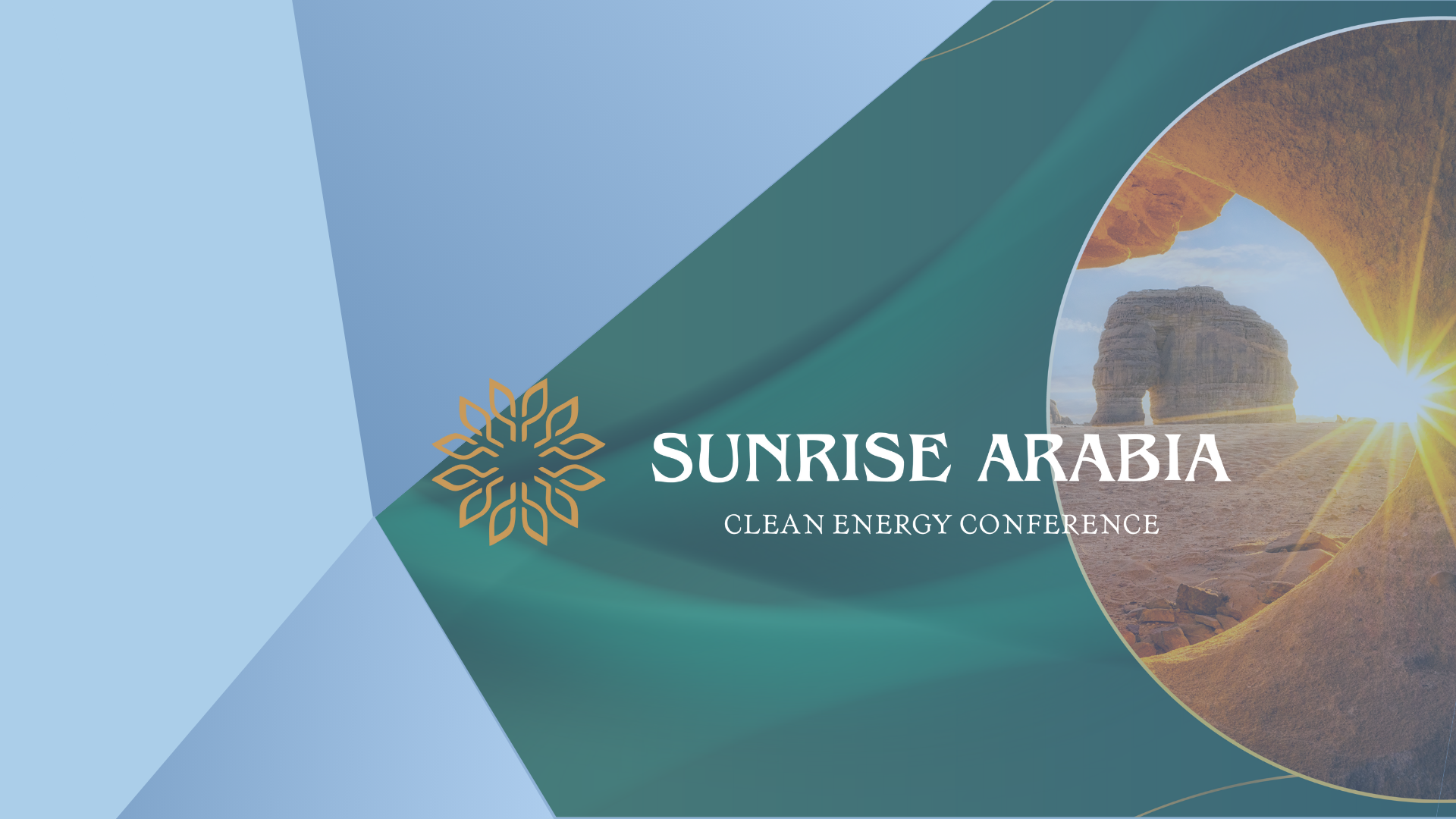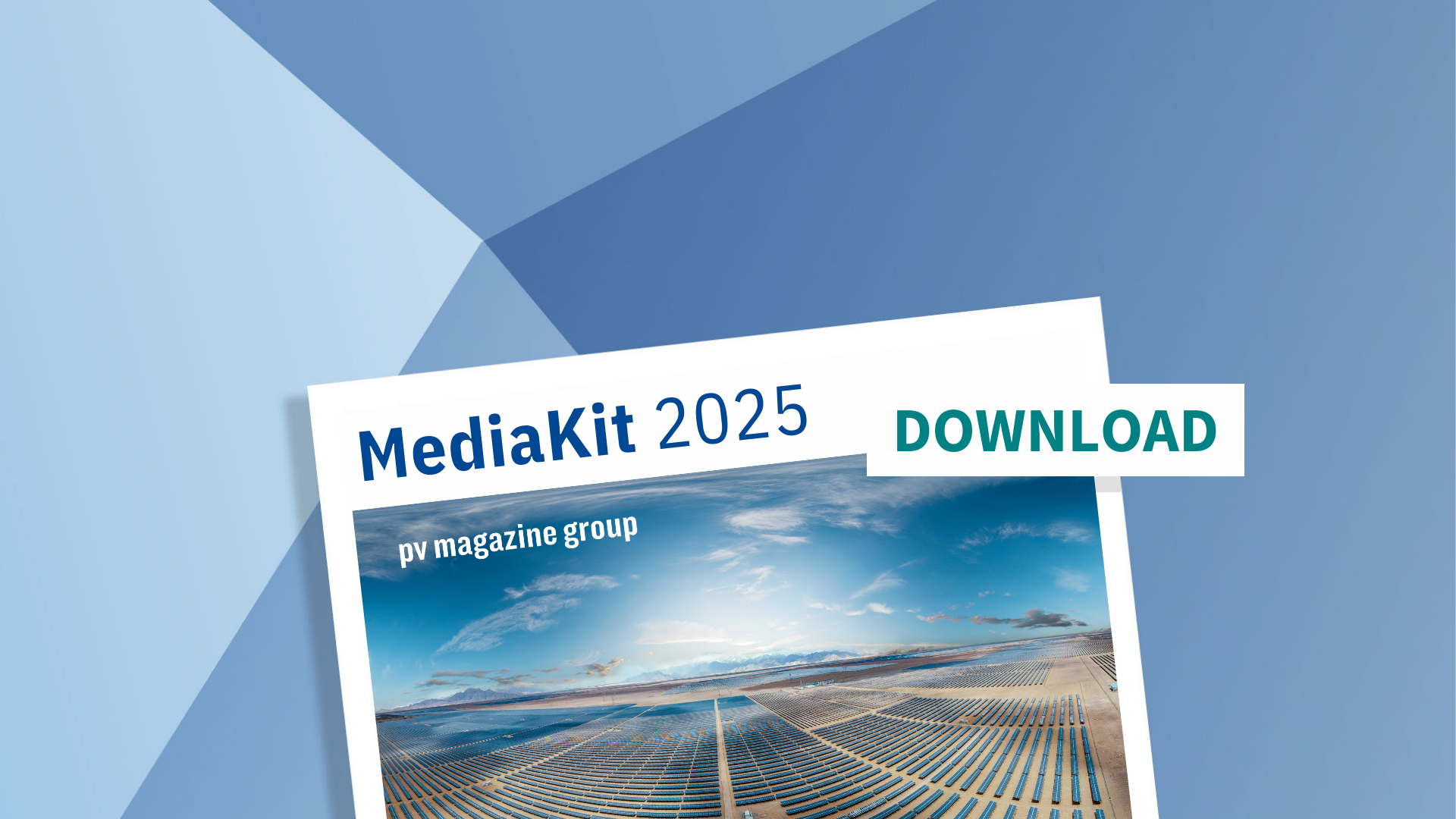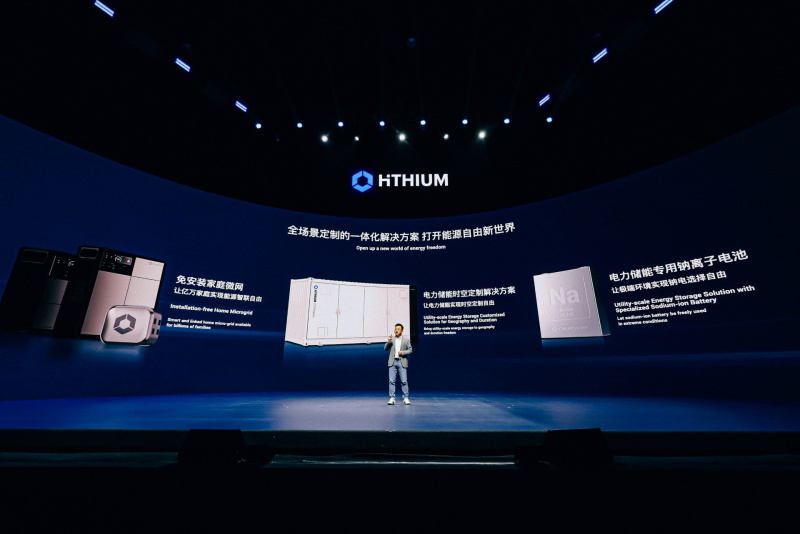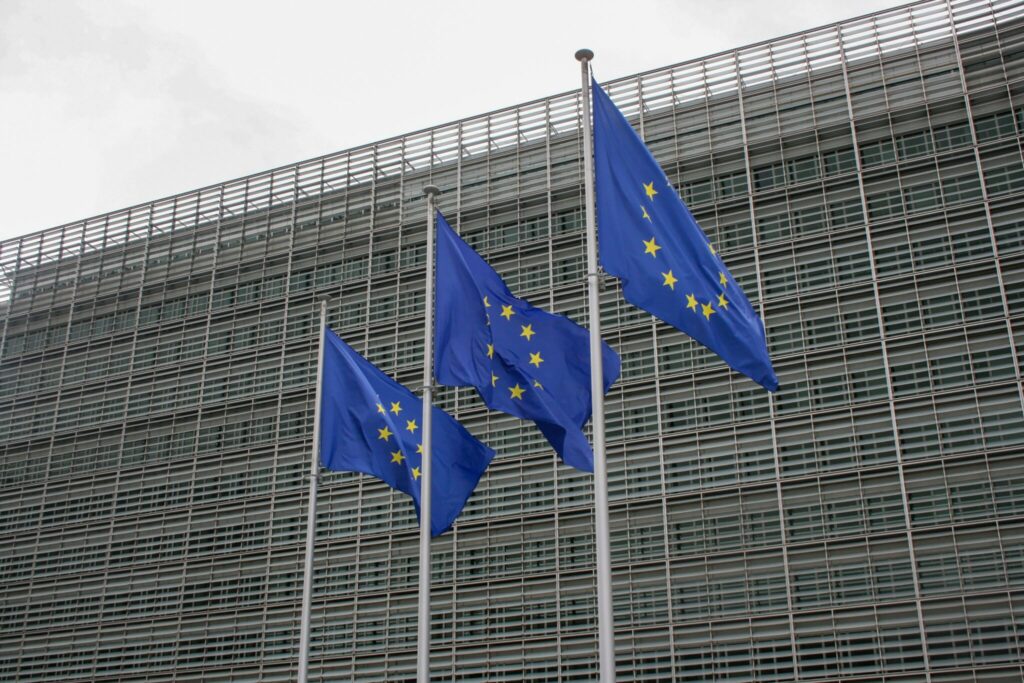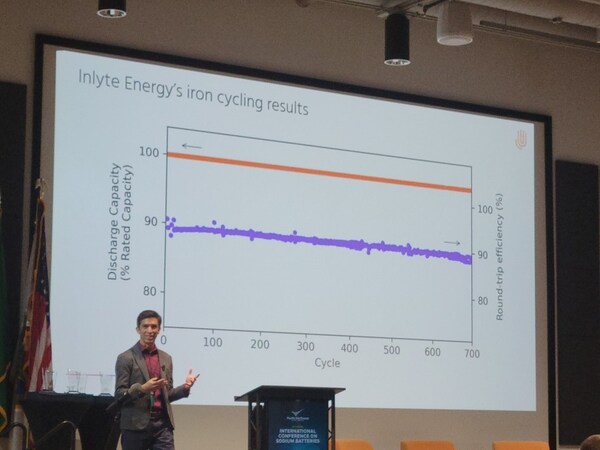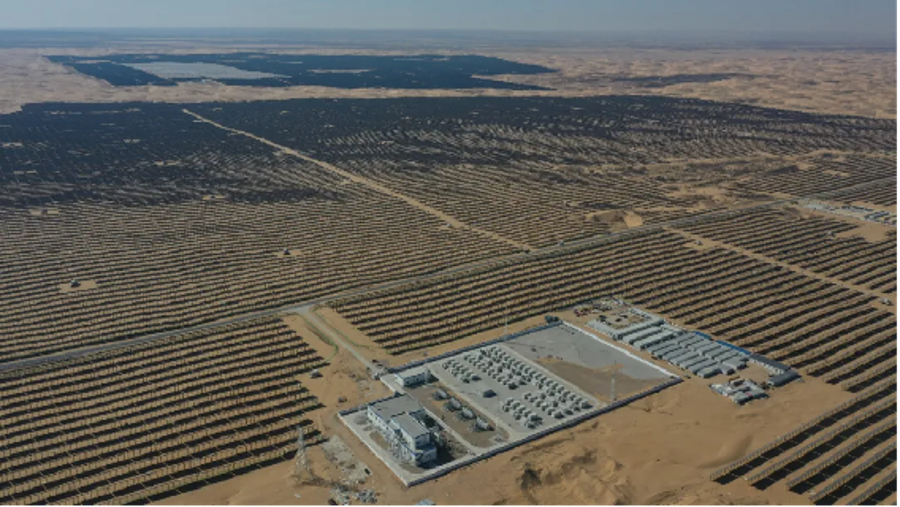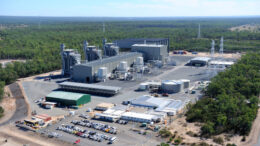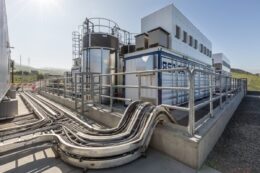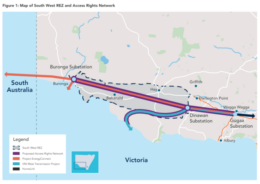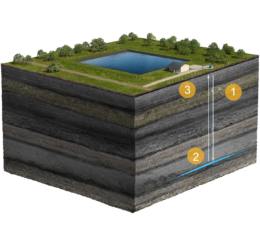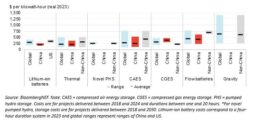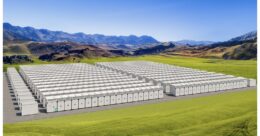Long-duration storage key for Australia’s energy security, report finds
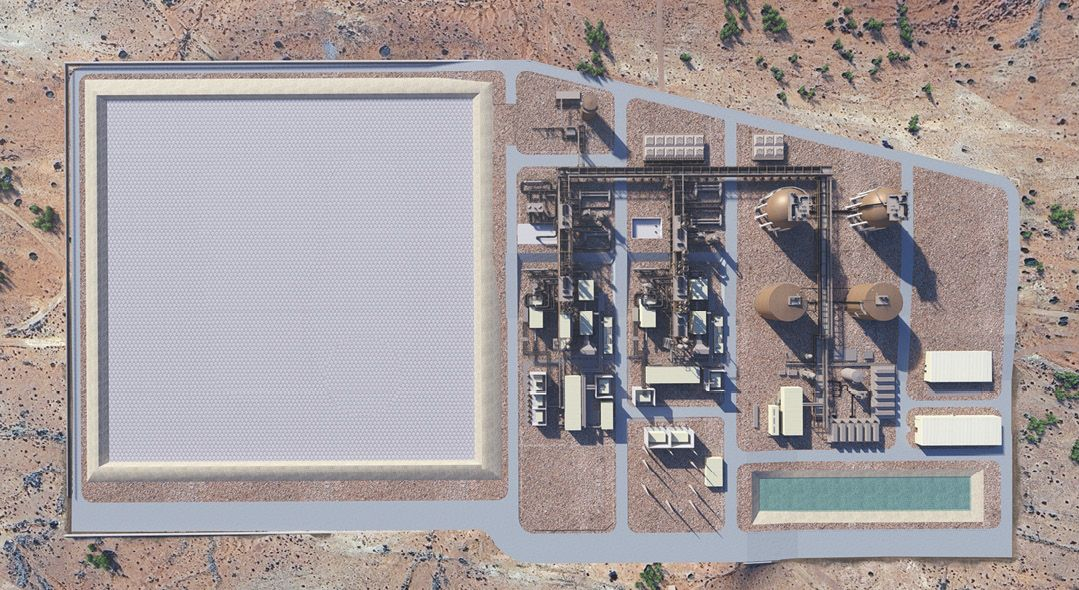
The Clean Energy Council (CEC) has released a new report which explores how ‘alternative’ long-duration energy storage (ALDES) technologie can help maintain the security and reliability of Australia’s energy system as more renewables are brought online and as coal generation retires,
In its ‘The Future of Long-Duration Energy Storage: Keeping the lights on in a carbon constrained world’, the CEC’s main focus is on adiabatic compressed air energy storage, redox flow and hybrid flow batteries, and concentrated solar power.
Other ALDES reported on in lesser detail include sodium-ion batteries (SiBs), metal-air batteries, gravity energy storage, liquid air energy storage (LAES) and hydrogen energy storage.

Clean Energy Council Policy Director Christiaan Zuur said emerging forms of ALDES solutions are well-equipped to support system security and reliability, by providing bulk energy reserves, inertia and system strength.
These technologies support reliability in a changing power system by carrying significant volumes of stored energy over long periods of time.
“These technologies support reliability in a changing power system by carrying significant volumes of stored energy over long periods of time and these substantial energy reserves are key to replacing coal generation as it exits the system. They also enable firming of renewable generation, further helping to support overall system reliability,” he said.
The report said compressed air storage has a rated power output of 200 MW to 500 MW, energy duration of 8 to 12 hours and capable of carrying large volumes of energy for many months with minimal to no self-discharge.
An example given is the 200 MW / 1,600 MWh CAES, at the Silver City Energy Storage Centre at near Broken Hill, NSW, being developed by Canadian company, Hydro star.
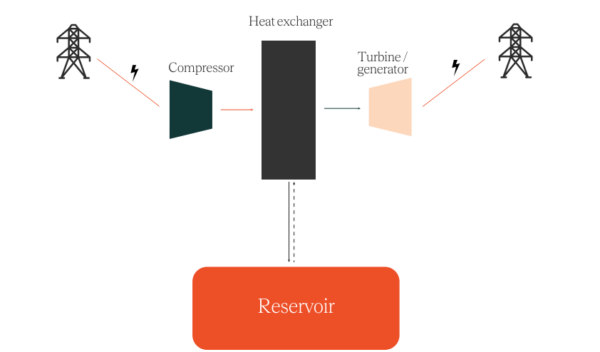
Redox flow batteries (RFBs), such as vanadium redox flow batteries (VRFB), may utilise grid firming capability, have a rated power output of 10 MW to 100 MW, 8 to 12 hours duration and carrying capability of weeks to months.
In Australia, Invinity has installed a solar powered 2 MW / 8 MWh VFRB, consisting of 41 Invinity VS3 flow batteries, at Yadlamalka Energy’s Spencer Energy project, with 6 MW of solar panels located 60km north of Port Augusta, South Australia.
Thermal storage is described in the report having a rated power output of 300 MW, which is likely to increase with technological improvements, 12 hours energy duration and a carrying capacity, currently, of weeks.
The Australian Energy Market Operator (AEMO) projects approximately 12.7 GW of utility-scale storage is forecast to be needed by 2030, with an optimal mix of 2.4 GW as deep storage (12 hours plus), 3.6 GW as medium (4-12 hours) and 6.7 GW as shallow (up to 4 hours) storage.
Zuur said another key benefit of long-duration storage, including the ALDES solutions in the report as well as pumped hydro, is their ability to provide long term energy firming contracts.
“These contracts will be key to supporting competition in the retail market, which in turn is central to keeping prices down for consumers. Building this portfolio of storage solutions now will accelerate the transition and ensure that Australians continue to benefit from reliable, low cost and zero carbon energy supply into the future,” he said.

